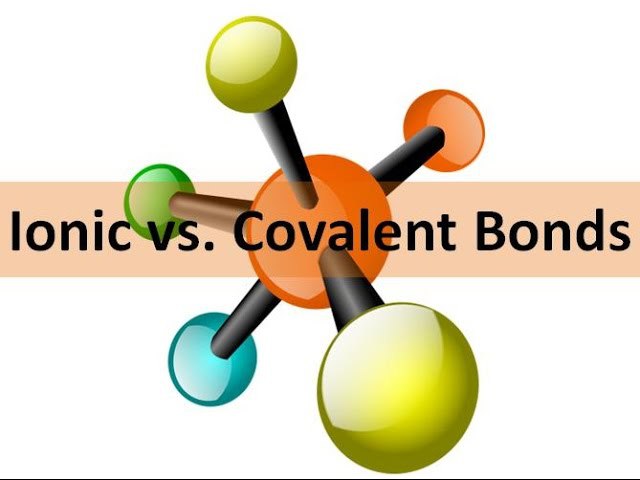


When it forms an Al 3+ ion it loses the n=3 electrons: Start by thinking about the structure of a naked aluminium ion before the water molecules bond to it. We are going to look in detail at the bonding in the complex ion formed when water molecules attach themselves to an aluminium ion to give Al(H 2O) 6 3+. In other words, all ligands function as Lewis bases. These are used to form co-ordinate bonds with the metal ion.Īll ligands are lone pair donors. What all these have got in common is active lone pairs of electrons in the outer energy level. The bond between the metal ion and the ligand, where the ligand supplies both electrons, is known as a coordinate covalent bond Simple ligands include water, ammonia and chloride ions. The coordination number is the number of places on the metal ion where ligands are bound. The anions or molecules attached to the metal are called ligands. There is a bit of unique nomenclature to complex ions: The metal is known as the central metal ion. In the formation of a simple covalent bond, each atom supplies one electron to the bond - but that doesn't have to be the case.Ī co-ordinate bond (also called a dative covalent bond) is a covalent bond (a shared pair of electrons) in which both electrons come from the same atom. The atoms are held together because the electron pair is attracted by both of the nuclei. (In some cases, the bonding is actually more complicated than that.)Īs you know, a covalent bond is formed by two atoms sharing a pair of electrons. These can be considered to be attached to the central ion by co-ordinate (dative covalent) bonds. A complex ion has a metal ion at its centre with a number of other molecules or ions surrounding it.


 0 kommentar(er)
0 kommentar(er)
